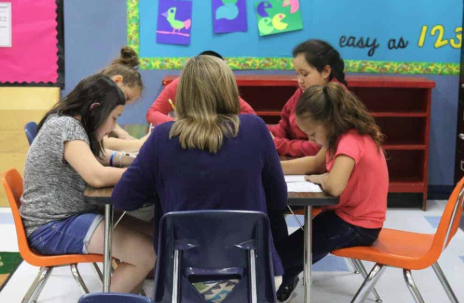Personalized learning continues to transform education by offering students tailored pathways to success. However, implementing this approach isn’t without its challenges. From classroom logistics to equity concerns, educators face several hurdles when adapting to personalized learning models. Fortunately, with thoughtful planning and practical strategies, schools can overcome these barriers and create meaningful learning experiences for every student.
Common Challenges in Personalized Learning
- Time Constraints for Teachers
Designing individualized lesson plans, assessing student progress, and managing diverse learning paths can be time-intensive. Educators often feel stretched thin when trying to balance personalized support with other responsibilities. - Limited Access to Resources
Not all schools have access to the tools and technology needed to support personalized instruction. This gap can limit the ability to provide varied learning formats and adaptive platforms. - Ensuring Equity and Inclusion
Personalized learning must support all students, including those with learning differences, language barriers, or limited access to devices at home. Without intentional design, gaps may widen rather than close. - Teacher Preparedness and Professional Development
Some educators may not feel confident implementing personalized approaches, especially if they haven’t received targeted training or mentorship. - Balancing Structure and Flexibility
While flexibility is a strength of personalized learning, too much variability can cause confusion or inconsistencies in expectations and outcomes.
Practical Solutions for Schools and Educators
- Collaborative Planning Time
Schools can support teachers by building in shared planning periods where teams work together to develop personalized learning strategies, share resources, and analyze student progress. - Use Scalable Tools and Technology
Simple, low-cost tools such as choice boards, online learning journals, and classroom rotation models can be effective even without advanced technology. Educators can adopt scalable solutions that fit their setting. - Promote Equity Through Design
Schools can ensure that learning materials reflect diverse cultures, languages, and abilities. Offering both digital and offline options helps reach all learners equitably. - Invest in Ongoing Professional Learning
Continuous professional development that includes coaching, peer collaboration, and real classroom examples helps build confidence and competence among teachers. - Set Clear Expectations and Goals
Teachers can provide flexible pathways while still maintaining consistent learning targets and success criteria. Clear communication helps students stay on track.
Moving Forward with Confidence
Despite the challenges, the benefits of personalized learning are significant—improved engagement, deeper understanding, and empowered learners. When schools invest in support systems and focus on equity and clarity, personalized learning becomes a powerful tool for student growth.
In 2025 and beyond, a thoughtful balance of innovation and structure will allow educators to create personalized experiences that truly meet the needs of every student. With collaboration, creativity, and care, challenges can be transformed into opportunities for long-term educational success.














